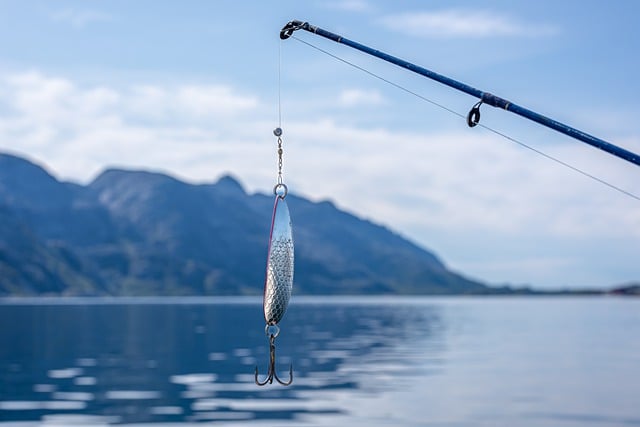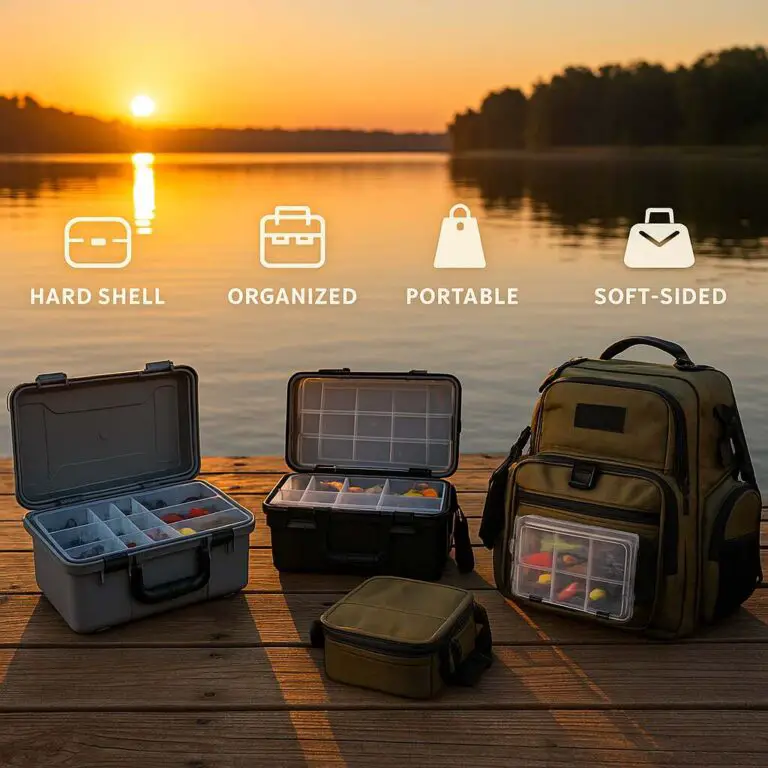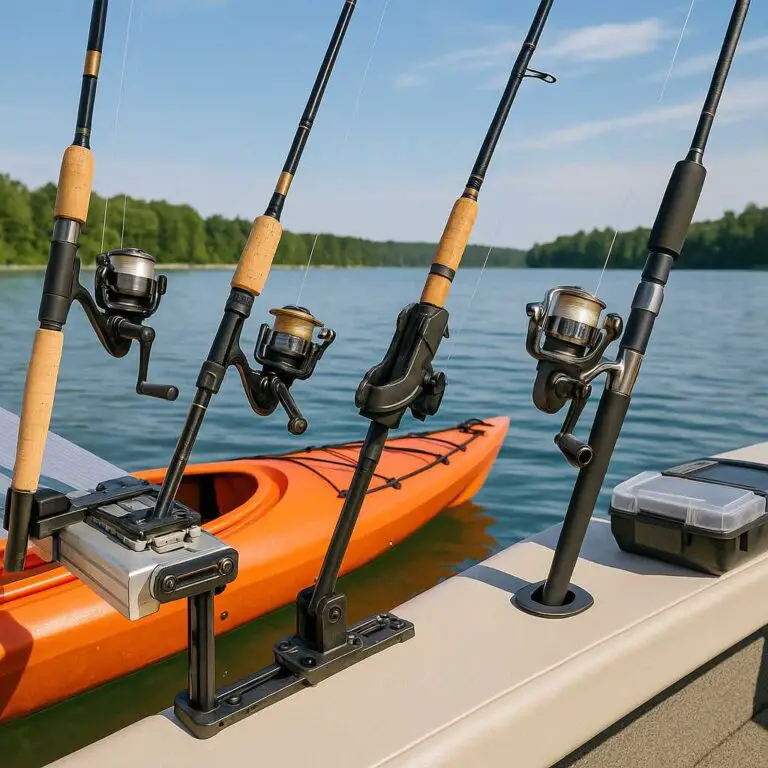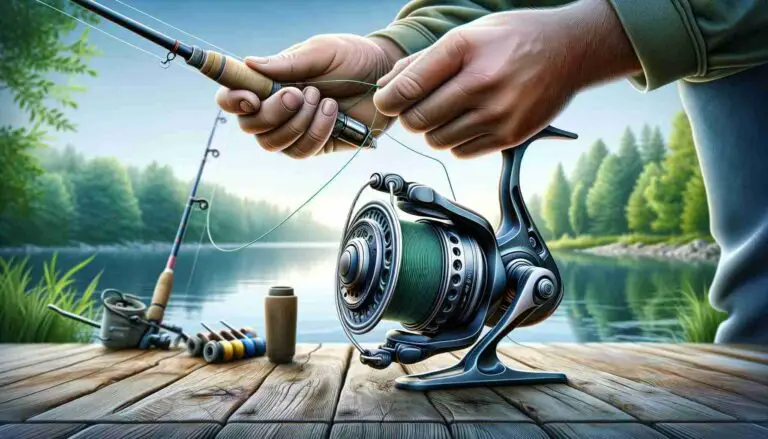Trout fishing is a popular activity among anglers worldwide. Fly fishing is a technique commonly used to catch trout, which involves using an artificial fly to attract the fish. However, many anglers are not skilled in fly fishing, and some may not even have access to the required gear. Fortunately, there are alternative methods of catching trout that do not require fly fishing skills. In this article, I will explore different methods of catching trout and offer tips and techniques for success. I will also discuss the gear required for each method and provide recommendations for further reading.
Let’s get started!
Overview of Trout Behavior
Trout behavior and feeding patterns can vary depending on a range of factors, such as time of day, weather conditions, water temperature, and the availability of food. Trout are generally most active during the early morning and late afternoon when water temperatures are cooler. They tend to feed near the surface of the water during these times, making them easier to catch.
Trout are opportunistic feeders, meaning they will eat a variety of prey, including insects, small fish, and crustaceans. They are known for their selective feeding habits and may ignore certain types of food or lures. Understanding the behavior of trout and their feeding patterns is crucial for successful fishing. Factors that can affect trout behavior include water clarity, water flow, and the presence of predators.
Trout can be found in a variety of freshwater environments, including rivers, streams, and lakes. Depending on the location, different types of trout species may be present. For example, rainbow trout and brown trout are commonly found in rivers and streams, while lake trout are more commonly found in lakes.
Alternative Methods of Catching Trout
When it comes to trout fishing, fly fishing is often seen as the go-to method. However, not everyone has the skills or gear required for fly fishing, and some anglers simply prefer to use alternative methods. Fortunately, there are several effective methods for catching trout without using a fly rod. In this section, I’ll explore some alternative methods, including spin fishing, bait fishing, and Tenkara fishing, and provide tips and techniques for success.
Spin Fishing
The spin fishing is a popular alternative to fly fishing and involves using a spinning reel and baitcasting rod to cast lures. Spin fishing is an effective way to catch trout, and it’s a great option for beginners or those who don’t have experience with fly fishing. The main advantage of spin fishing is that it allows anglers to cover more water quickly.
Tips and techniques for spin fishing for trout:
- Use a lightweight spinning rod and reel
- Choose lures that mimic the trout’s natural food, such as small spinners, spoons, or jigs
- Cast upstream and retrieve the lure downstream, mimicking the flow of natural food
- Use a slow, steady retrieve, pausing occasionally to mimic the movement of natural prey
Bait Fishing
Bait fishing involves using live or artificial bait to catch trout. Live bait options include worms, minnows, and insects, while artificial bait options include soft plastics, crankbaits, and spinners. Bait fishing is a great option for beginners or those looking for a more relaxed fishing experience.
Tips and techniques for bait fishing for trout:
- Use a lightweight rod and reel with a sensitive tip
- Use small hooks and bait to match the size of the trout’s mouth
- Cast upstream and let the bait drift downstream naturally
- Use a bobber to detect bites and keep the bait at the desired depth
- Change bait frequently to find what the trout are feeding on
Tenkara Fishing
Tenkara fishing is a traditional Japanese method of fishing that uses a long, lightweight rod, and a short line without a reel. The tenkara fishing is similar to fly fishing, but it uses a fixed line instead of a fly line, making it easier to cast and perfect for smaller streams.
Tips and techniques for Tenkara fishing for trout:
- Use a long, lightweight rod (10-14 feet) with a sensitive tip
- Use a level line (nylon or fluorocarbon) to connect the rod to the fly
- Choose a fly that mimics the trout’s natural prey, such as small insects or baitfish
- Cast upstream and let the fly drift downstream naturally
- Use a short, quick motion to set the hook when you feel a bite
Each of these alternative methods has its own advantages and disadvantages, but all are effective ways to catch trout. The method you choose may depend on the type of water you’re fishing, your personal preferences, and the gear you have available.
Choosing the Right Gear for Non-Fly Fishing Methods
Choosing the right gear is a critical aspect of successful fishing, regardless of the method used. When it comes to non-fly fishing methods for trout, selecting the appropriate gear can make a significant difference in your chances of catching fish. From selecting the right rod and reel to choosing the right line and bait, there are several gear considerations to keep in mind.
Here are some considerations when selecting gear for spin fishing, bait fishing, and Tenkara fishing:
Rod and Reel Considerations
- For spin fishing, use a spinning rod and reel with a lightweight design.
- For bait fishing, use a rod and reel that are sensitive enough to detect bites but strong enough to handle larger trout.
- For Tenkara fishing, use a long, lightweight rod without a reel.
Line Selection
- For spin fishing, use a monofilament or braided line.
- For bait fishing, use a monofilament line with a fluorocarbon leader.
- For Tenkara fishing, use a level line made of nylon or fluorocarbon.
Lure and Bait Selection
- For spin fishing, use lures that mimic the trout’s natural prey, such as small spinners, spoons, or jigs.
- For bait fishing, use live or artificial bait that matches the trout’s natural food.
- For Tenkara fishing, use small flies that mimic the trout’s natural prey, such as insects or baitfish.
Other Gear Considerations
- For spin fishing and bait fishing, use a landing net to safely handle and release trout.
- For Tenkara fishing, use a line holder to keep the line organized and prevent tangles.
- Always wear appropriate clothing and gear for the weather and conditions of the fishing location.
Conclusion
In conclusion, catching trout without fly fishing is possible and can be just as rewarding as using a fly rod. Spin fishing, bait fishing, and Tenkara fishing are all effective methods that can be used to catch trout in a variety of environments. Each method has its own advantages and disadvantages, and selecting the right gear is crucial for success.
Understanding trout behavior and feeding patterns is also important for increasing your chances of catching fish. With the right gear and techniques, anglers can enjoy a great day of fishing and catch some beautiful trout. So, don’t hesitate to try out different fishing methods and explore the possibilities of non-fly fishing for catching trout.








